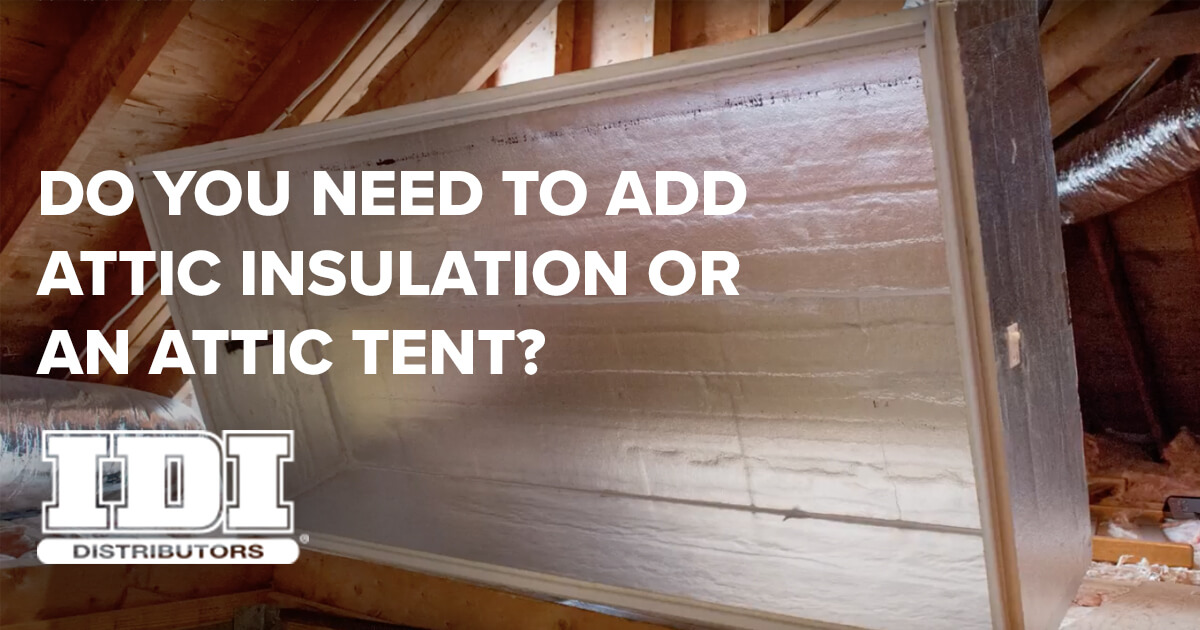Admitting Air Into The Attic

By admitting outside air into the attic as warmer air leaves the attic through higher vents soffit vents play a major role in effective roof ventilation.
Admitting air into the attic. Air from the living space below can carry water vapor into the attic hitting a cold place in the attic and causing rot and mold growth. Gable end vents installed near the peak of a gable end this screened vent can allow hot air to leave the attic or fresh air to enter depending on prevailing breezes and temperature conditions. Hot air exhaust vents located at the peak of the roof allow hot air to escape. Attic air may contain contaminants including mouse droppings fiberglass asbestos and mold.
Outlet vents allow the air to escape from your attic and are installed at a higher elevation. If a bath fan dumps into the attic that is very warm very moist air entering a cold space. In order to accomplish this an adequate venting system must be in place to vent the roof by allowing air flow to enter through soffit intake vents and out through ridge vents gable vents or louver vents. Or if there are lots of holes between the house and the attic warm moist air can rise into the attic from the house.
It may seem counterproductive to go to the trouble of improving attic insulation only to then add vents that admit outside air into the attic but fresh air plays a vital role in roof health. Air admittance valves aka studor vents are negative pressure activated one way mechanical valves. Used most commonly at an island sink or vanity the vents are also located in the attic to prevent the roof penetrations as seen above on the front roof line elevation. Cold air doesn t hold as much moisture so it condenses on the roof deck.
In texas the builders place the air handlers for the heating and cooling systems up in the attic. Roof vents ridge vents and gable vents are used as outlets in the attic. Intake vents located at the lowest part of the roof under the eaves allow cool air to enter the attic. This prevents cold outside air from traveling through the attic and into the living area of the home.
These vents are installed directly into the blocking between the exposed rafters.














































